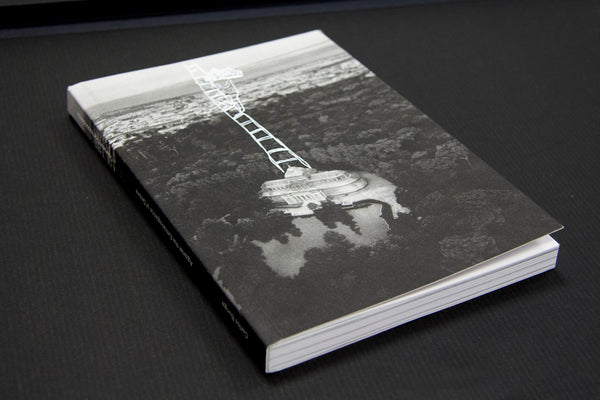
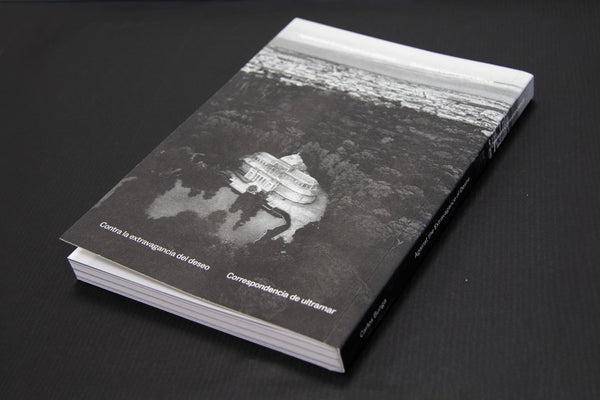
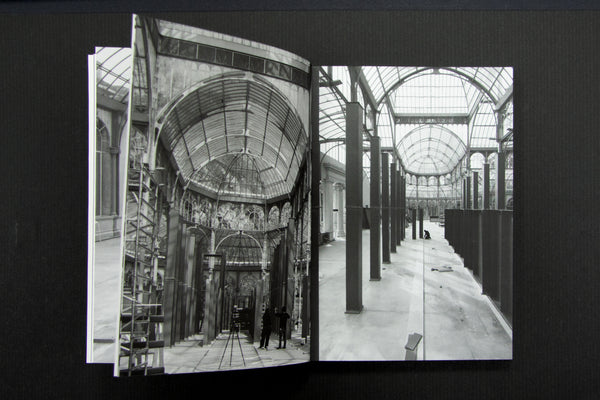
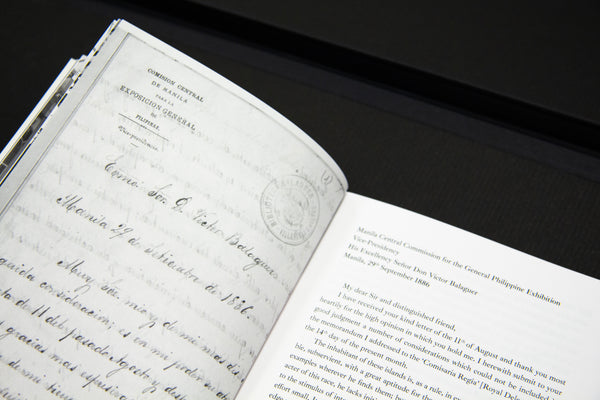

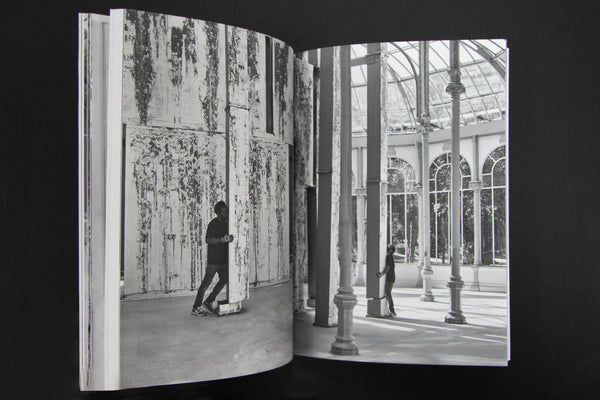
Carlos Bunga
Against the Extravagance of Desire - Overseas Correspondence
Artphilein Editions, Lugano — 2024
During the winter of 2021, Carlos Bunga received an invitation from the Museo Nacional Centro de Arte Reina Sofía to carry out an intervention at the Palacio de Cristal in the Parque del Retiro in Madrid. He began investigating the origins and the historical, political, and social context of this prefabricated architecture, starting a journey through time that also intersected with his personal life and the topic of colonialism.
For several months, he read extensively about the General Philippine Exposition (1887), the establishment of the Overseas Museum and Library, its closure a decade after the loss of the last colonies, and the distribution of its collection among several institutions in Madrid.
The proposal was presented to the museum with three interconnected conceptual nuclei: prefabricated architecture versus self-construction, personal history (colonialism and nomadism) and the history of the place itself (Madrid–Manila, General Exhibition of the Philippines—Palacio de Cristal–Museo de Ultramar).
The book gathers together the letters between Víctor Balaguer, Minister of Overseas Territories, and Fray Pedro Payo, Archbishop of Manila, written between 1886 and 1889 –part of the archive of the Biblioteca Museo Víctor Balaguer in Vilanova i la Geltrú.
The letters narrate the process of research, gestation and organisation of the General Exhibition of the Philippines first hand. The content of them is not only an important account for understanding the relationship between the metropolis and the colony, but it is also a valuable account for understanding how even today the structure and management of the exhibitions are still based on this model of organising colonial exhibitions. This fact opens up many other questions and problems regarding the decolonisation of museums and the restitution of stolen collections.
Together with the letters, the book presents the documentation of Bunga’s intervention at the Palacio de Cristal.


